What is the SMART Triage system
Content
- How the SMART Triage system came about
- How the SMART system works
- Using the SMART system
- Principles of medical triage of casualties
- Categories of victims under the SMART Triage system
- Tools for victim assessment
- Displacement of victims
- Examples of using the SMART Triage system
- Conclusion
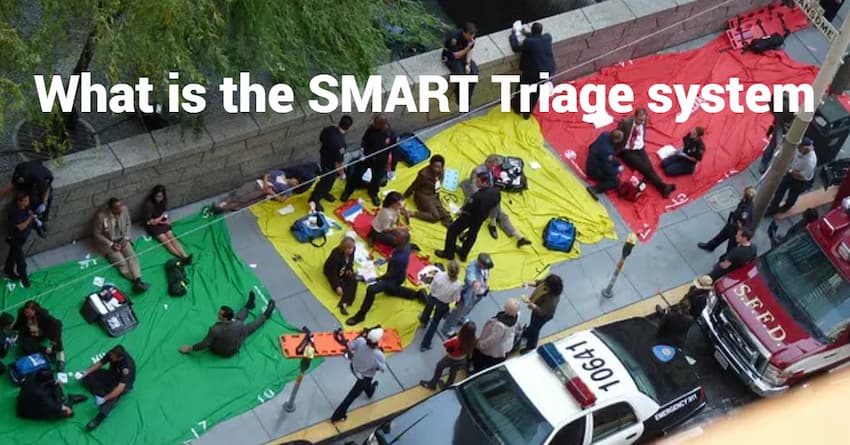
In critical conditions, when resources are limited and there are many victims, it is important to make the right decisions quickly.
This is why SMART Triage was created - a structured approach to patient triage that allows you to quickly prioritise medical care.
In this article, we will take a closer look at what SMART Triage is, how it works, and why it can save many lives in the first minutes after a disaster.
How the SMART Triage system came about
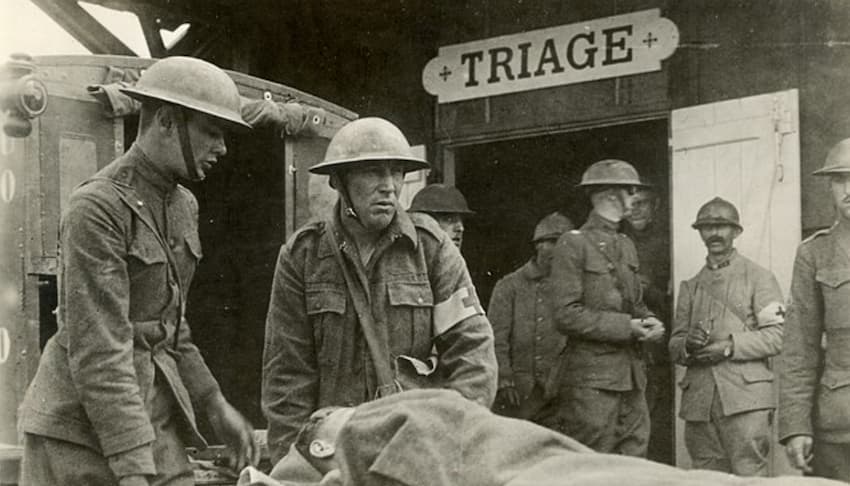
The history of medical triage dates back to the battlefield, where medics first faced the need to make life-saving decisions under conditions of limited time and resources. In such situations, it was important to determine which of the wounded should be treated first in order to save as many lives as possible.
One of the first systematic approaches to triage was proposed by the French military surgeon Dominique-Jean Larray during the Napoleonic Wars. He introduced the principle of classifying the wounded according to the severity of their injuries rather than their social status or rank, which was a revolutionary decision at the time.
Over the following centuries, the idea of triage evolved to adapt to new challenges, from wars to man-made disasters. The need for more structured and standardised triage methods became especially acute in the second half of the twentieth century, when the number of mass incidents, natural disasters and terrorist attacks increased.
In the 1990s, based on the experience gained and new requirements for emergency response, the SMART system was created. It was developed as a universal tool for fast, efficient and clear triage of large numbers of victims in critical conditions.
The key challenge was to provide a model that did not require sophisticated equipment or lengthy training, allowing even medical staff with basic training to make the right decisions.
Today, the SMART system has become a recognised international standard in emergency medicine, being used in exercises, simulations and real-life emergencies around the world.
How the SMART system works
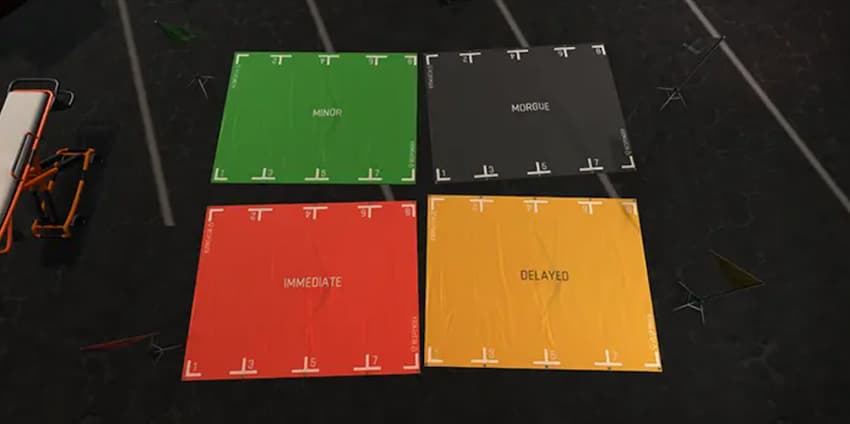
The SMART Triage system is a structured approach that helps to make decisions quickly and efficiently in mass emergencies. Its effectiveness is based on five clearly defined stages:
- Sort. At the first stage, medical workers quickly sort victims according to the severity of their condition. For this purpose, they use colour-coded labelling (ribbons, cards) based on a quick assessment of vital signs such as consciousness, breathing and blood circulation. This approach allows you to quickly identify who needs help immediately.
- Move After triage, patients are moved to the appropriate treatment areas according to priority. This approach allows us to rationally allocate resources and concentrate efforts where they are needed most. Patients with critical injuries (red markings) are transported first to the emergency areas.
- Assess. This stage involves a more detailed medical assessment. Vital functions are checked and necessary medical interventions are determined. This helps to avoid mistakes that may have occurred during initial triage under stress or time constraints.
- Reassess. The condition of victims can change, so it is important to reassess them regularly. Patients who did not initially require urgent care may suddenly deteriorate, so periodic checks are an integral part of the SMART system.
- Treat system. The final step is to provide medical care according to the established priority. The goal is to save as many lives as possible by providing care to those who have the greatest chance of survival with timely intervention.
Due to its simplicity, structured nature and effectiveness, the SMART system has become one of the key tools in the field of emergency medicine, especially during incidents with a large number of victims.
Using the SMART system
The SMART Triage system is used in mass emergencies when the number of victims exceeds the capacity of available resources. It is effectively used during mass road accidents, terrorist attacks, natural disasters (e.g. earthquakes, floods or hurricanes), as well as man-made accidents, including explosions at industrial facilities or hazardous substance leaks.
The common feature of all these events is a sudden increase in the number of victims in a very short period of time. At the same time, access to medical facilities, personnel and transport is often limited. In such circumstances, it is necessary to immediately determine which of the victims needs immediate medical care and which can be postponed without endangering their lives.
For example, in the event of a large-scale road accident, where the number of victims can reach dozens or even hundreds of people, medics must act quickly and in a coordinated manner.
The SMART system allows you to instantly prioritise patients, focusing efforts on those who have a chance of survival with prompt intervention. This approach not only minimises losses but also optimises the work of medical services at the scene.
SMART is not just an algorithm, but a powerful crisis management tool that has proven its effectiveness in various scenarios around the world.
Principles of medical triage of casualties
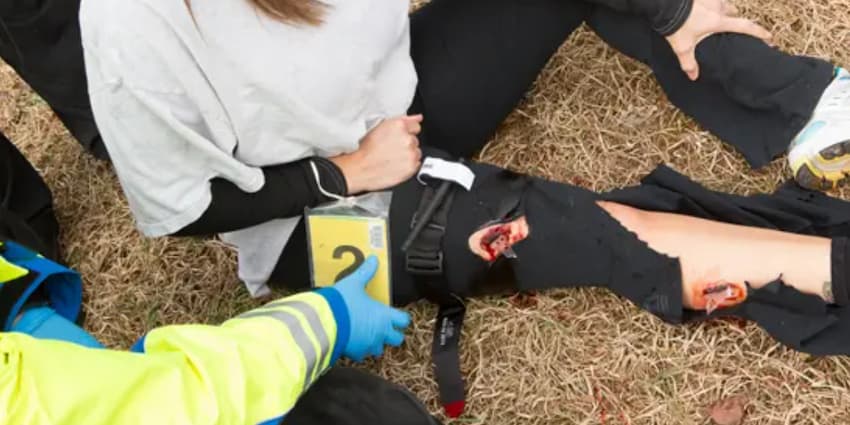
In emergencies, when every second can count for a life, the effectiveness of medical care depends on properly organised triage.
Medical triage is the basis of emergency medicine in resource-limited settings, which allows for prioritisation of care. This process is based on a number of clear principles that allow for a quick assessment of the patient's condition, determination of the degree of threat to their life and decision-making on further actions.
In this section, we will look at the key principles that underpin medical triage and ensure its effectiveness in the most challenging conditions.
Categories of victims under the SMART Triage system
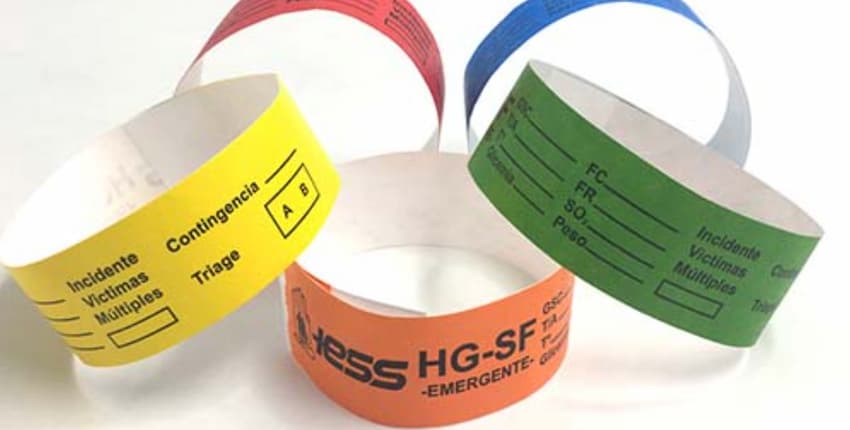
One of the key principles of the SMART system is to prioritise care based on the criticality of patients' condition. In situations where resources are limited, it is necessary to focus on those whose lives can be saved with timely intervention. To effectively organise this process, the SMART system uses a clear colour classification that allows for quick identification of the needs of each victim.
- Red (P1) - Immediate care. This category includes patients in critical condition who require urgent medical intervention to save their lives. This includes people with severe injuries, significant bleeding, shock, burns or other life-threatening conditions. They are given the highest priority for care and evacuation.
- Yellow (P2) - Urgent but not critical care. This group includes patients with serious but not fatal injuries who can wait for help for a while. These can be stable fractures, moderate burns or head injuries without loss of consciousness. Their condition requires medical intervention, but is not an emergency.
- Green (P3) - Minimal injuries. Patients in this category have minor injuries and are able to move independently. For example, these are scratches, bruises, minor cuts or dislocations. Care for these victims is provided as a last resort or can be limited to minimal on-site intervention.
- Black (P4) - Dead or without a chance of rescue. This category includes persons who are already dead or have such severe injuries that they cannot be saved under current conditions (e.g. cardiac arrest, massive injuries incompatible with life). Such patients are not subject to active treatment, but are labelled for further accounting.
Thanks to a clear and visually understandable labelling system, SMART allows you to quickly navigate the situation and rationally allocate limited resources, while saving the most lives.
Tools for victim assessment
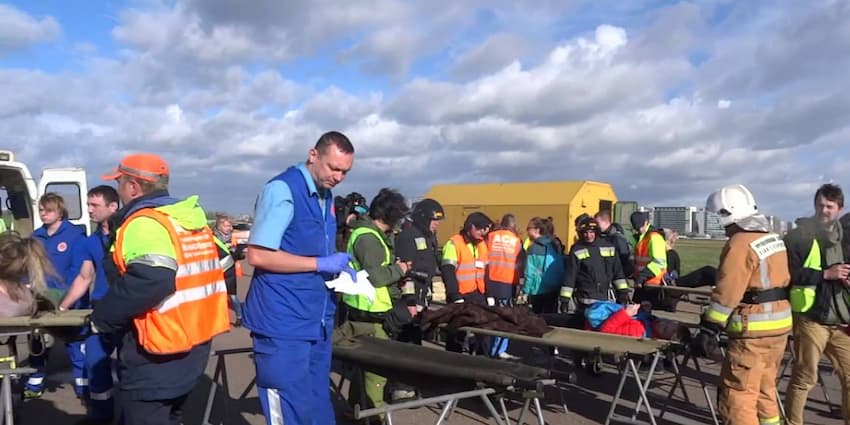
At the scene of an emergency, the speed and accuracy of casualty assessment are crucial factors. That is why the SMART system provides a clear algorithm of actions and uses simple but effective tools to help medical professionals make quick decisions.
The triage process begins with a quick assessment of the vital signs of each victim. Breathing, circulation and consciousness are checked. If a patient is not breathing and cannot be quickly resuscitated, they are usually classified in a black labelled category (incurable or deceased). In cases where breathing is present, its frequency, pulse and response to stimuli are assessed.
To record the results of the assessment, rescuers use coloured triage cards or tapes that are attached directly to the victim's clothing or limbs. These visual markers allow the entire team to quickly understand the patient's condition and determine the order of care. The colour scheme is unified, ensuring that all services understand the signals in the same way, regardless of region or experience.
Mobile apps or electronic triage devices are also sometimes used, especially in advanced training or well-equipped services, but in most cases, simple paper cards that do not require electricity or a network connection remain the primary tool.
The combination of quick assessment and clear markings allows for maximum efficiency even in chaotic conditions, ensuring that all services involved are coordinated.
Displacement of victims
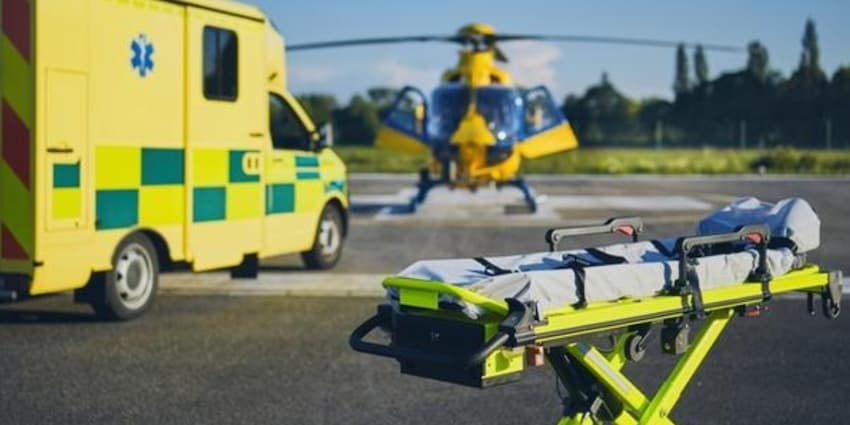
Once the initial triage and labelling of casualties is completed, the next important step is to move them to the appropriate care areas. This process is aimed at optimising the use of medical resources and ensuring effective treatment according to the severity of the injuries.
Patients marked red (P1) are moved to the immediate intervention areas, where they are treated in the first instance. Yellow (P2) patients are placed in separate areas where they can wait for treatment without threatening their lives, but still need medical supervision. Green (P3) casualties with minor injuries can remain in the waiting areas or receive care on the spot, without the need for transport.
An important element of this process is constant monitoring of the patients' condition. If their condition deteriorates, their category can be changed and they will be moved to the appropriate priority area.
Coordinated communication between rescuers, medical professionals and dispatch services plays a key role. Coordination allows for the correct allocation of transport, resources and medical teams, which is especially important in large-scale incidents.
The final stage is the evacuation of victims to hospitals. It is carried out according to priority: red patients are transported first, then yellow, and lastly green. Basic stabilisation, including oxygen support, pain relief or immobilisation of injuries, can be provided during transport.
Thus, properly organised movement is a critical part of the SMART system, which allows us to save lives even in the most difficult conditions.
Examples of using the SMART Triage system
The SMART Triage system has repeatedly proven its effectiveness in real-life emergencies where the speed of decision-making and the correct allocation of resources were crucial.
One of the most famous examples is the Boston Marathon bombing in 2013. After the explosions at the finish line, medics were faced with a large number of victims with varying degrees of injuries.
Thanks to strict adherence to the SMART principles, medical professionals were able to quickly triage patients, identifying those who needed urgent intervention. This helped to significantly reduce mortality rates and improve the quality of care provided - even under extremely stressful conditions.
Another example was the large-scale use of SMART after the 2010 earthquake in Haiti. The conditions were extremely difficult - thousands of victims, minimal medical equipment and a shortage of staff.
Despite this, the SMART system made it possible to effectively classify patients according to the severity of their injuries, using coloured bands and triage cards. This ensured a clear organisation of care and made the most efficient use of limited resources.
These examples demonstrate that SMART is not just a theoretical model, but a vital tool that actually saves lives in the most critical situations.
Conclusion
The SMART Triage system has proven to be a reliable and effective tool in situations where every second counts. Its clear structure allows healthcare workers to quickly triage victims, properly allocate resources and focus efforts on saving the most vulnerable patients. This significantly increases the chances of survival during mass incidents.
At the same time, it is important to understand that even the best system will not work effectively without proper training. Regular training, exercises and simulations are key to ensuring that all responders are prepared to act in real-world conditions.
In the future, SMART has the potential to be further improved - in particular through the integration of digital technologies, artificial intelligence and automated solutions, which will allow for even more accurate and faster decision-making at critical moments. This opens up new horizons in the development of emergency medicine and saving lives.


